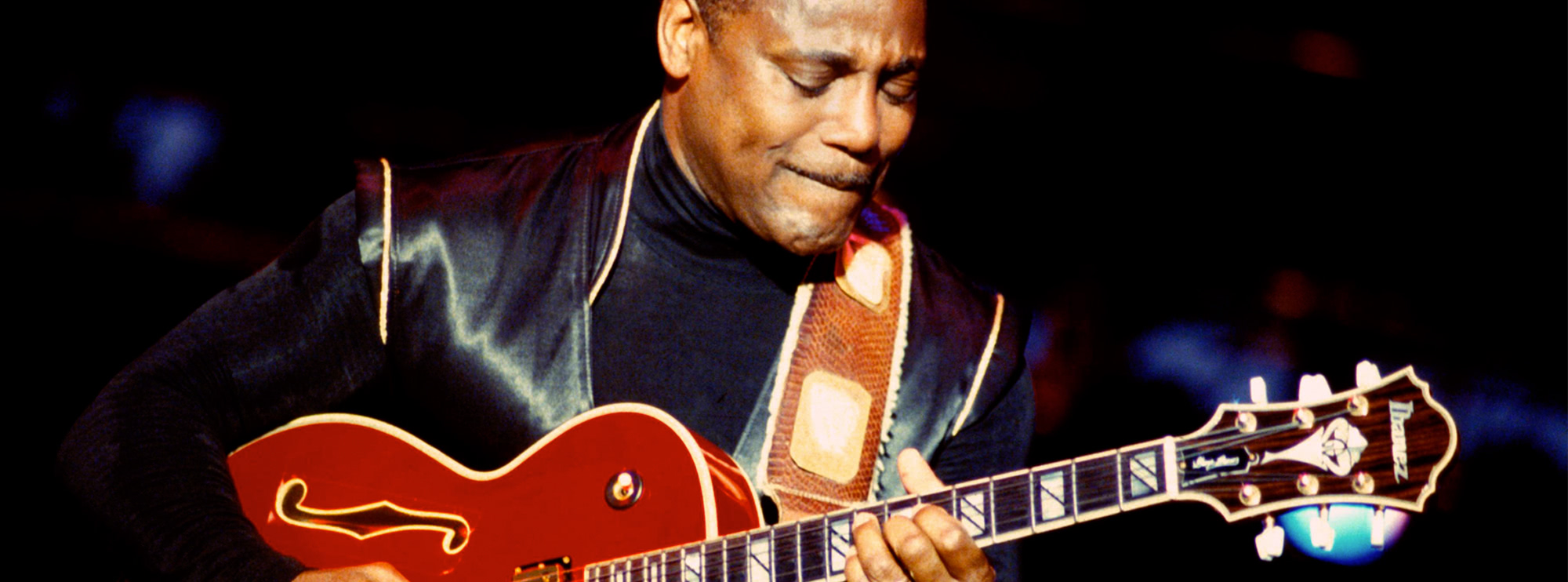Youth Gone Wild by Skid Row
Our exclusive guitar lesson for "Youth Gone Wild" by Skid Row is designed for rock guitarists of all levels who want to master this classic, high-energy anthem. This lesson captures every iconic note and detail of the song, offering insights into the techniques used by Skid Row’s guitarists to deliver the raw power and energy that defines this track. Each section of the lesson focuses on key techniques employed in the song, breaking them down into easy-to-follow steps to help you harness the power of rock guitar. Danny Gill breaks down this classic track in this exclusive Lick Library video tutorial.
About the Guitarists in Youth Gone Wild
"Youth Gone Wild" was released by Skid Row in 1989, and its iconic guitar work is attributed to the dual guitar setup of Dave "The Snake" Sabo and Scotti Hill. These guitarists were instrumental in shaping the aggressive, melodic, and often gritty sound of Skid Row. Sabo and Hill’s style combines intricate riffs, blazing solos, and powerful rhythm sections, establishing a sound that deeply influenced the late '80s and early '90s rock and metal scenes. Their playing style integrates both technical prowess and raw emotion, inspiring countless guitarists to this day. Mastering this song will give you a solid foundation in classic rock techniques and teach you how to combine melody with raw power.
Song Breakdown and Techniques
Power Chords and Rhythm Foundations
The foundation of "Youth Gone Wild" is built on power chords that deliver a driving, forceful rhythm throughout the verses and choruses. These chords are essential for rock and metal, creating a thick, punchy sound that fills the mix. Learning to play power chords will improve your rhythm and hand coordination, allowing you to create the heavy, aggressive sounds typical of rock guitar.
Palm Muting
A key technique in the main riff is palm muting, which adds a tight, percussive quality to the guitar sound. By lightly placing your palm on the strings near the bridge, you can control the sustain and clarity of each chord, giving your playing a choppy, staccato feel. Mastering palm muting helps improve control over dynamics and attack, adding power and precision to your rhythm playing.
String Bending and Vibrato
The guitar solos in "Youth Gone Wild" make extensive use of string bending and vibrato, allowing notes to wail and sing with emotion. These techniques are central to creating expressive rock solos. String bending involves pushing the string up or down to raise the pitch, while vibrato gives each note a subtle, wavering quality. Developing these skills can enhance your musicality and give your solos a more emotive, vocal-like quality.
Alternate Picking and Galloping Rhythms
The fast-paced riffs require alternate picking, a technique that ensures smooth and efficient picking across strings. This technique allows for speed and accuracy, especially in faster rock songs. Additionally, galloping rhythms are used to add intensity and energy, with a rhythmic pattern that creates a pulsing feel. Mastering alternate picking and galloping rhythms builds speed and precision, essential for fast-paced rock and metal playing.
Pinched Harmonics
Pinched harmonics are used in the solos to create sharp, squealing tones that cut through the mix. By adjusting your thumb’s position on the pick, you can emphasise harmonics on certain notes, producing a piercing, aggressive sound. This technique enhances your control over tone and expression, adding a unique, edgy quality to your solos.
Whammy Bar Tricks and Dive Bombs
For added flair, the lesson covers whammy bar tricks and dive bombs that are iconic in rock guitar. Using the whammy bar to shift pitch downwards or create quick vibrato adds a dramatic, almost chaotic effect to the solo sections. Dive bombs are achieved by pushing the whammy bar to drop the pitch suddenly, producing a sound reminiscent of a jet engine. These techniques enhance your expressive range and add theatrical elements to your playing.
Slides and Hammer-Ons/Pull-Offs
The lead lines in "Youth Gone Wild" incorporate slides and hammer-ons/pull-offs to create smooth transitions between notes and a flowing, legato sound. Slides add movement between positions, while hammer-ons and pull-offs allow for rapid note changes without re-picking each note. These techniques are essential for fluid soloing and adding variety to your playing style.
Double Stops
Finally, the solos feature double stops, where two notes are played simultaneously. This technique is a staple of rock guitar solos, creating harmony and adding depth to single-note lines. Learning double stops can enhance your understanding of harmony and improve your lead playing by adding texture to your sound.
Benefits of Learning Youth Gone Wild
Learning "Youth Gone Wild" provides a comprehensive foundation in essential rock guitar techniques. Each technique is not only vital for playing the song accurately but also builds fundamental skills for broader rock and metal guitar playing. By mastering these techniques, you’ll develop a more versatile playing style, allowing you to tackle other complex rock songs with confidence.
Guitar Techniques Covered
- Power Chords
- Palm Muting
- String Bending
- Vibrato
- Alternate Picking
- Galloping Rhythms
- Pinched Harmonics
- Whammy Bar Tricks
- Dive Bombs
- Slides
- Hammer-Ons
- Pull-Offs
- Double Stops
By learning these techniques in "Youth Gone Wild," you’re not just learning a song; you’re equipping yourself with skills that will elevate your guitar playing to the next level. Dive in and get ready to unleash the power of rock guitar with this classic track!

About The Tutor
Tutor Profile
Danny Gill
Danny Gill is, without a doubt, the most loved tutor by our community. With an incredible array of DVDs and web lessons for LickLibrary covering a wide variety of topics all of which he covers with incredible detail, it's no wonder he carries as much respect as he does. As...



